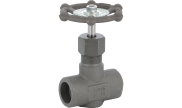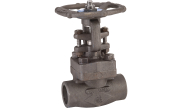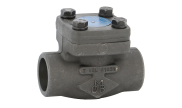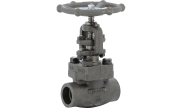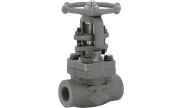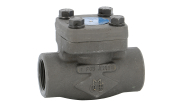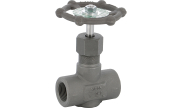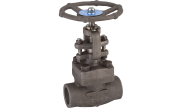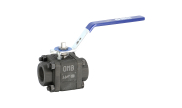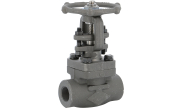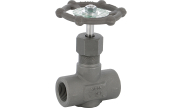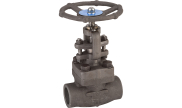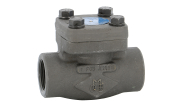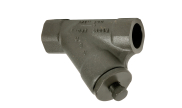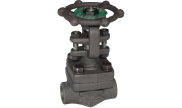Local Storage seems to be disabled in your browser.
For the best experience on our site, be sure to turn on Local Storage in your browser.
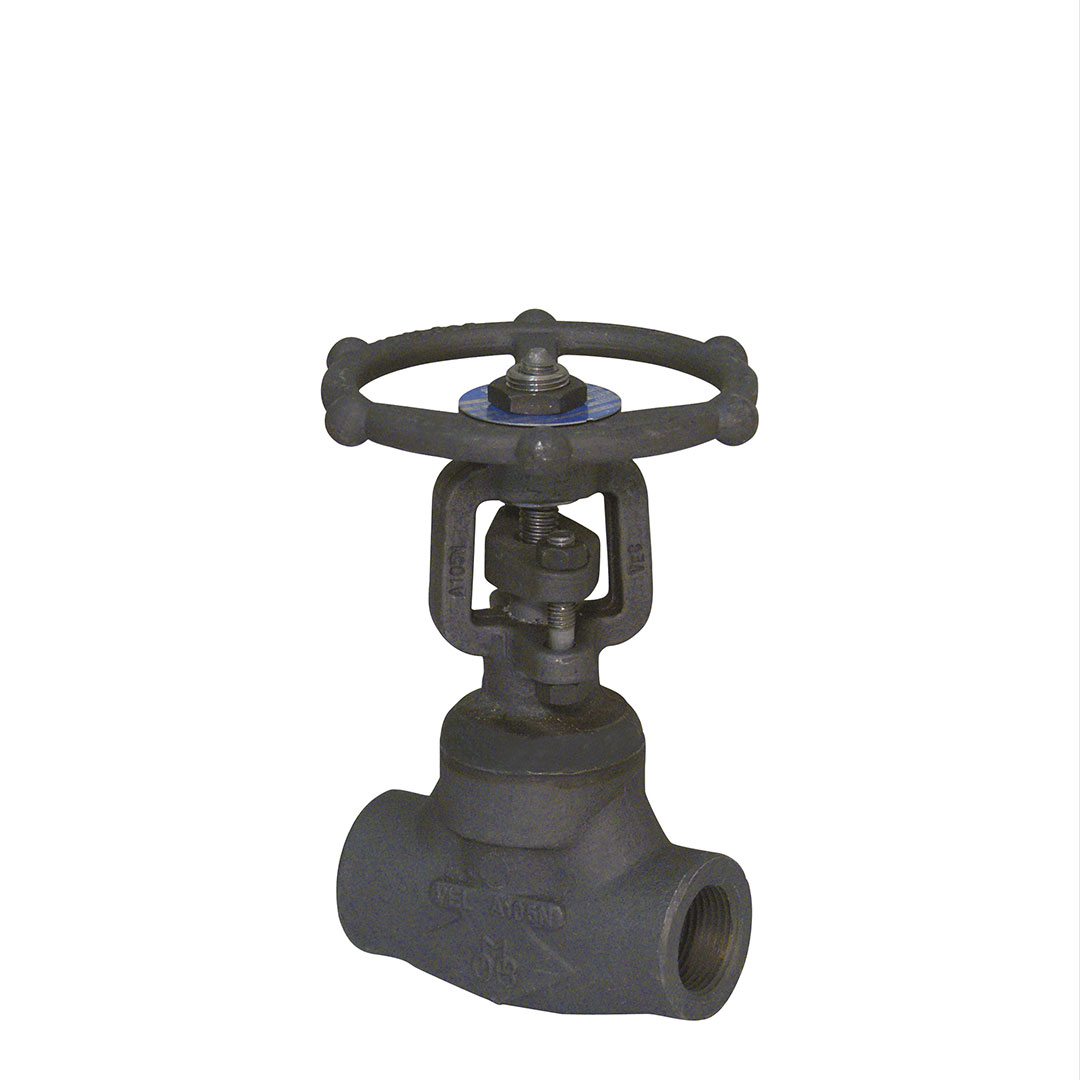
Forged valves
What is the main difference between a forged valve and a cast steel valve?
The main difference between forged valves and cast steel valves lies in the way they are manufactured.
Indeed, forging requires shaping a metal, an object, or an alloy from its solid form. Forged valves are one-piece items that can be shaped and deformed at different temperatures depending on the kind of metal used, and using appropriate tools. The right shape or design is achieved using a die. This manufacturing method produces very solid valves: during the forging process, the metal grain becomes more refined, porosity reduces, and the metal becomes more resistant to cracks and retraction movements. That is why these valves are appropriate for high-temperature and high-pressure applications.
On the contrary, liquid metal is required to cast a valve. Metal is first heated so that it melts. It is then poured into a mould, where it is left to cool down. Once set, it simply has to be removed from the mould. Using moulds to cast valves is a great way to produce various sizes and create complex shapes.
Forged valves: Syveco’s offer
Syveco offers a wide choice of forged valves, such as gate valves, globe valves, piston check valves, ball check valves, ball valves, needle valves, and Y-strainers.
Made of carbon steel or stainless steel, our models can also have different types of connections: BSP or NPT threaded, socket weld (SW), RF ANSI 150 or ANSI 300 flanged. These valves work with 150 lbs to 1500 lbs pressures and follow the TRIM 5, TRIM 8, TRIM 10 or TRIM 12 nomenclatures.
Our forged valves are specific purpose valves. They can be used in the petroleum industry, as well as on steam systems, high pressure systems and high temperature systems.
Cast steel valves: Syveco’s offer
Syveco also has a large selection of cast steel valves available: gate valves, globe valves, swing check valves, and Y-strainers.

